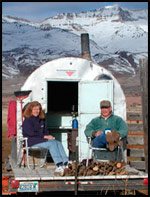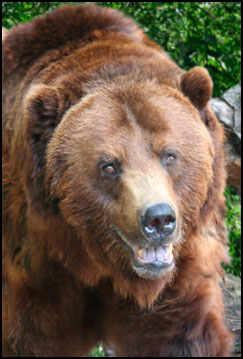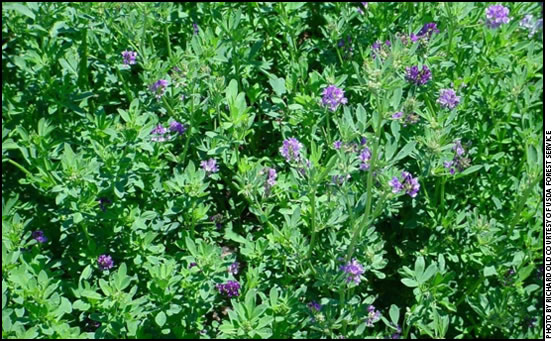MANAGEMENT...
Tips for Grazing Alfalfa
Properly managed, alfalfa can provide a summer grazing resource.
Alfalfa is considered the most important forage legume grown in the U.S. It's adapted to a wide variety of soil and climatic conditions and offers potential for both high quality and high yield. Many producers cut alfalfa for hay or silage, but relatively few consider letting their cattle do the harvesting. Perhaps the most common reason is fear of bloat (gas trapped in the rumen), which may be associated with grazing of legumes.
However, alfalfa can be a valuable summer grazing resource for cow-calf and stocker operations. It can complement other range and pasture resources and add flexibility to grazing systems. And, under proper management, cattle perform well on alfalfa. Alfalfa grazing studies by the Oklahoma-based Noble Foundation showed stocker cattle can gain an average of 2 pounds (lb.) per head per day, with total gains of 320-420 lb. per acre per year. Read more.
Use Common Sense with High-Tensile Fence
As owner of Seven Springs Fencing, Carrollton, Ohio, Mike Blake builds a lot of livestock fence. In recent years, much of it has been electric fence constructed of high-tensile smooth wire. Blake also has observed plenty of producer-built fences — some quite adequate and others that had issues. When building any kind of fence, and certainly when working with high-tensile wire, Blake advises a commonsense approach.
"The most important thing is to build a fence that's appropriate for its purpose. Consider what kind of livestock a fence must hold. Bulls can present more of a challenge than cows and calves," Blake says. "And think about the liability issues. It's going to take a substantial fence if you need to keep cattle away from a major highway or residential area.” Read more.

Ron Torell with his wife, Jackie
Cow Camp Chatter
Pet peeves
According to Webster's dictionary, a pet peeve is a minor annoyance that can instill extreme frustration in an individual. Typically, each person has several pet peeves that irritate. What is an annoyance to one may be viewed by others as trivial. Whatever they may be, our pet peeves often find their way into the conversation. In this month's installment of "Cow Camp Chatter," I would like to discuss a number of pet peeves I have that are related to working cattle. Read more.
 The Price of Predators
The Price of Predators
An economic impact model for livestock ranches.
In Wyoming, about $4 million worth of rangeland cattle and sheep were lost to predators in 2005. Using a computerized model, researchers have now simulated the economic impact of an individual ranch's livestock losses to predators such as wolves and coyotes. Both short-term profitability and long-term viability were found to be affected by predation. Read more.

Kris Ringwall
Beef Talk
Is the time right for breeding systems?
Growth and more growth has been an industry norm for some time. Like the dairy industry, individual beef cow output has increased through the years.
The most recent data gathered by the North Dakota Beef Cattle Improvement Association's CHAPS program indicates a trend toward increased 205-day calf weaning weight. This is indicative of the body size of cattle in the industry today. If growth continues to increase unchecked, eventually the replacement heifer question comes to bear. Read more.
New Products
Industry affiliates provide a wide array of products and services to assist you on the farm and ranch. Here's an assortment of new products to hit the market recently.
• Vaccination management option
• Insecticide for broad-sprectrum insect control
• Handheld rechargeable HID spotlight
• New tool for overhead DARF hay rakes
• Agricultural imagery services
• Multi-process engine-driven welder
Strategies for Sustainable Livestock Grazing
Article considers the ecological, economic and social implications of grazing strategies.
The growth of grasses on South Dakota rangeland provides forage for livestock, habitat for wildlife and a number of ecosystem services. For ranchers, grass growth affects the health and profitability of the cattle they graze as well as the value of their land.
An article in the March 2010 issue of Rangeland Ecology & Management contrasts the long-term production and profitability of rangelands in western South Dakota that were in varying range conditions, from excellent to good to low-fair. The study spans 34 years, from 1969 to 2002 and addresses the economic parameters of annual total gross income, annual total expenses and annual net income per hectare (2.47 acres). Read more.
Angus Advisor
Click here for June herd management tips from cattle experts across the nation. Advice separated by region.
[Click here to go to the top of the page.]





